Story Sequence of Events Worksheets
Are you an educator or a parent searching for engaging and effective resources to help teach the concept of sequencing events to young learners? Look no further! Our story sequence of events worksheets are specifically designed to captivate and educate children in an enjoyable manner. With a focus on entity and subject identification, these worksheets provide a valuable tool for reinforcing and assessing comprehension skills.
Table of Images 👆
- Story Sequencing Cut and Paste
- Preschool Sequencing Worksheets
- Humpty Dumpty Sequencing Printable
- Goldilocks and the Three Bears Sequencing Activity
- Sequence Stories
- Sequence Order Graphic Organizer
- Snowy Days Printable Worksheet
- If You Give a Mouse a Cookie Story
- Story Sequencing Worksheets
- Jack and the Beanstalk Sequencing Printables
- Three Little Pigs Sequencing
- Blank Plot Diagram Worksheet
- First Grade Story Map Graphic Organizer
- Story Map Graphic Organizer
- Printable Blank Timeline Template
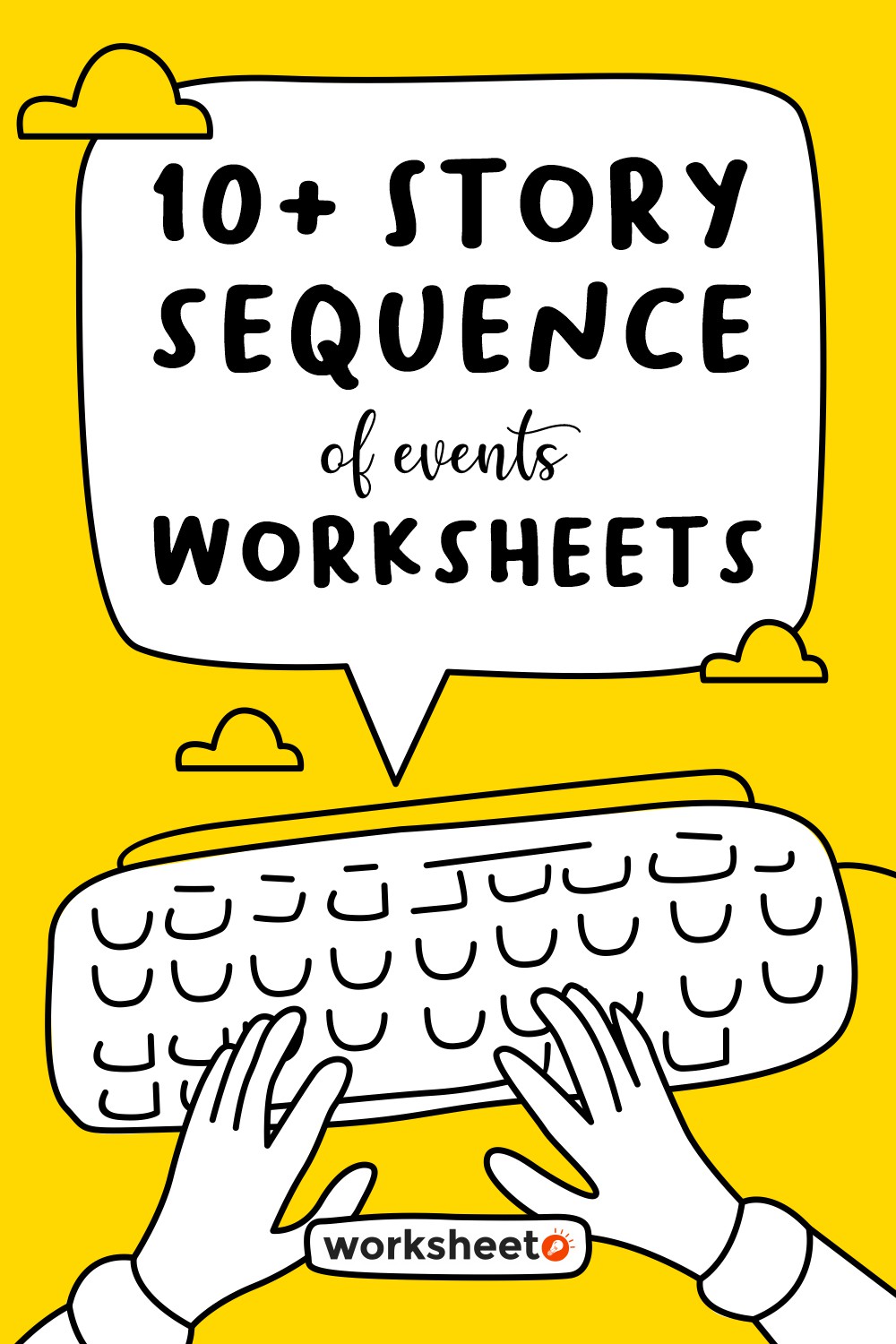
More Other Worksheets
Kindergarten Worksheet My RoomSpanish Verb Worksheets
Cooking Vocabulary Worksheet
DNA Code Worksheet
Meiosis Worksheet Answer Key
Art Handouts and Worksheets
7 Elements of Art Worksheets
All Amendment Worksheet
Symmetry Art Worksheets
Daily Meal Planning Worksheet
Train your brain with these story Sequence of Events Worksheets!
Summary: Sequencing a story means determining the main narrative elements (the beginning, middle, and end). It is the first step for retelling the occurrence of the story in logical and chronological order. Understanding sequence skills will help the students develop their reading comprehension, which affects their writing skills. Sequencing studies can help young learners learn their daily habits and develop essential academic skills, such as reading awareness and scientific exploration.
What Does it Mean by Story Sequence?
Story sequence is the order of events in a narrative speech or text. Narrative means a spoken or written form of a connected story. Sequencing a story means determining the main narrative elements (the beginning, middle, and end). It is the first step for retelling the occurrence of the story in logical and chronological order. Story sequencing is the early form of determining the plot and events in literacy learning, such as identifying cause and effect in the narrative.
Sequencing refers to the labelling process of the story's components and the capability to retell the circumstances in the correct and proper order in which they occurred. A proper sequencing skill is necessary to form a comprehension strategy in narrative text. Sequencing also helps students to develop problem-solving skills across subjects.
What is Sequencing Skill?
Sequencing is essential for someone when they tell or write a narrative. It is because every story consists of sequences of events. Proper series will help the writer produce an account in chronological order. It will also help the readers understand and grasp the meaning and goal of the story. According to Cambridge Dictionary, sequencing is putting diverse events in exact order. In literacy learning, experts stated sequencing skill as the ability to break the element of a text into three parts (beginning, middle and last). The beginning is how the event starts and where the writer introduces the characters. The middle is where the main event or the conflict of the story occurs. Lastly, the ending is the conclusion where the story is finished. Understanding sequence skills will help the students develop their reading comprehension, which affects their writing skills.
Sequencing skills enable students to compose text in chronological order and help them to retell the narrative they read or the speech they just heard. Applying for sequence order in the narrative text will help the students to make a proper text and improve their literacy knowledge. It also helps the students become a reader capable of determining the cause-and-effect events in the story.
How to Teach Sequencing to Young Students?
Before teaching the students about sequencing, the teacher should teach the students about transition words. It is words that the author uses to connect one event to another in the narrative. For example, first, then, next, and last. The teacher can ask the students whether they are familiar with these words or not and ask them to give some examples related to them. Instruct the students to read a narrative text and find the transition words. After that, the teacher checks the task and explains the definition of transition words and how to use them in text and speech. The teacher also could incorporate games and other practices to help students understand this lesson. However, it is necessary to remember that every student has a different understanding capability. Hence, the teacher should guide and ensure all the students understand the topic. The teacher should ensure that they use appropriate and proper text to teach. Ensure that the content of the narrative is suitable for the student's ages. If possible, the teacher also can incorporate another lesson for learning sequencing skills. One of the proper subjects to do this lesson is history lesson.
Why Should Students Learn about Sequence Skills?
As the necessary understanding for human life, sequencing skill comes to a human when they are at a young age. Young children grow this knowledge when they realize their consciousness of their daily activities, such as time to wake up, eat breakfast, go to school, playtime, and dinner. Through those activities, the learner will comprehend the essentials of finishing the task in order. When the students enter formal schools, the teacher will help them to develop that foundation into literacy learning. Sequencing studies can help young learners learn their daily habits and develop essential academic skills, such as reading awareness and scientific exploration. Many researchers also stated that students who master sequence skills have better academic results.
What Activities to Improve Sequence Skills in Students?
Sequence skill is essential as it does not only help students understand the narrative text during school hours. It is also advantageous for them while doing daily life activities. Hence, parents and teachers should guide the children to develop the skill. Below are some activities to enhance the sequence skills of young students:
- Identify the beginning and end of an event.
- Rearrange pictures in the correct order.
- Retell a story they read or listen to.
- Make a sequence of events without pictures or other aids.
- Make a chronological order from past experiences.
Have something to share?
Who is Worksheeto?
At Worksheeto, we are committed to delivering an extensive and varied portfolio of superior quality worksheets, designed to address the educational demands of students, educators, and parents.




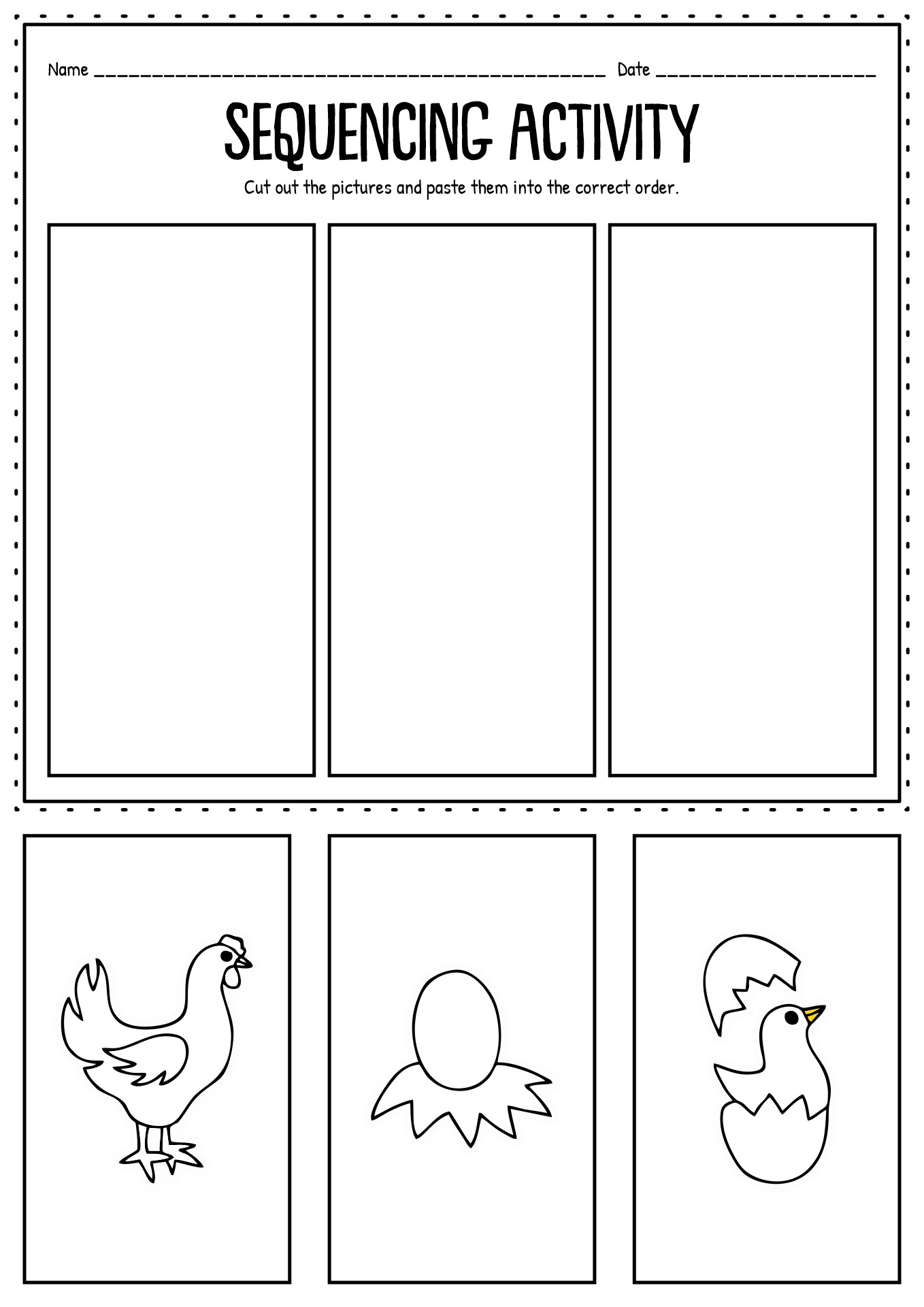
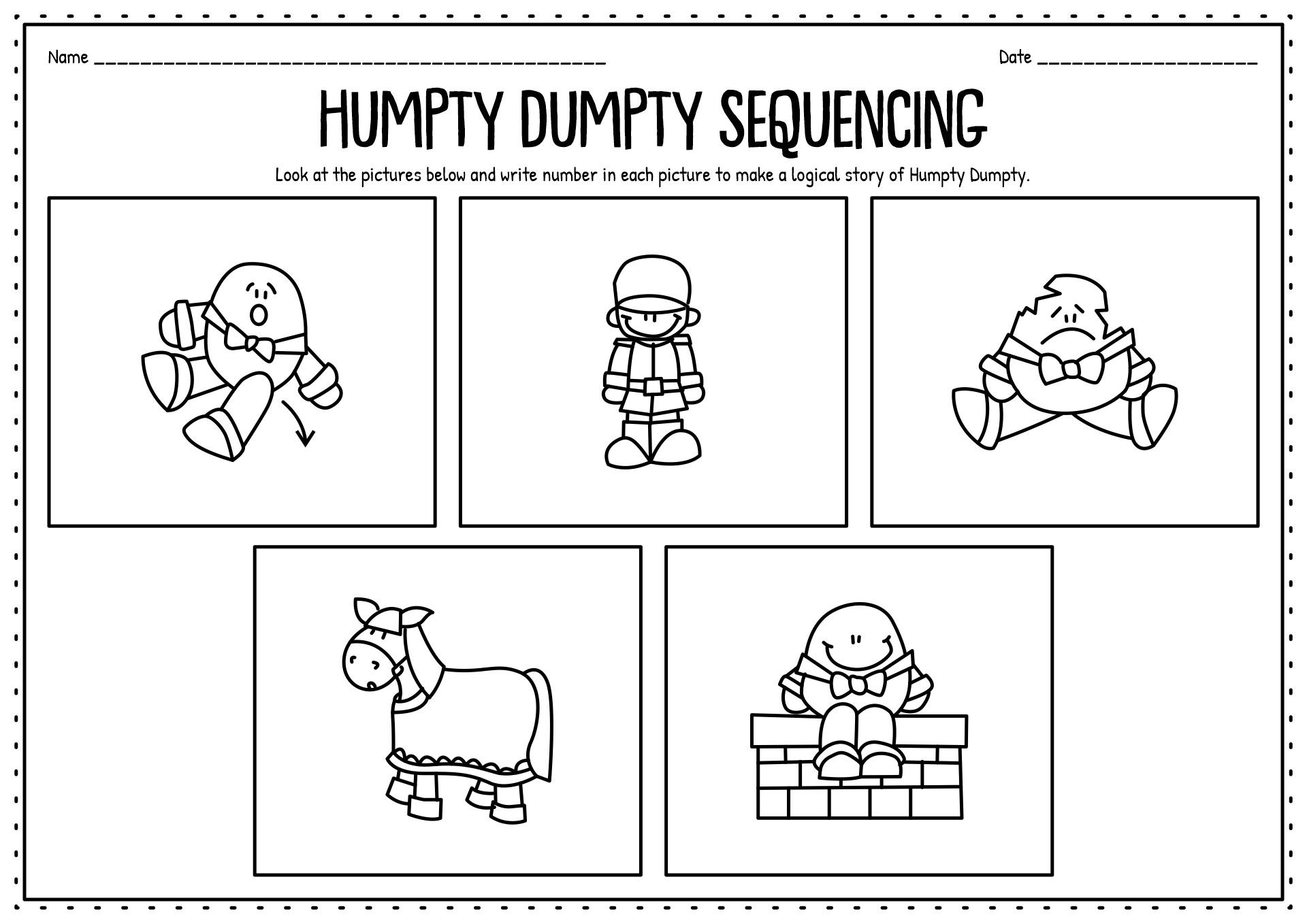
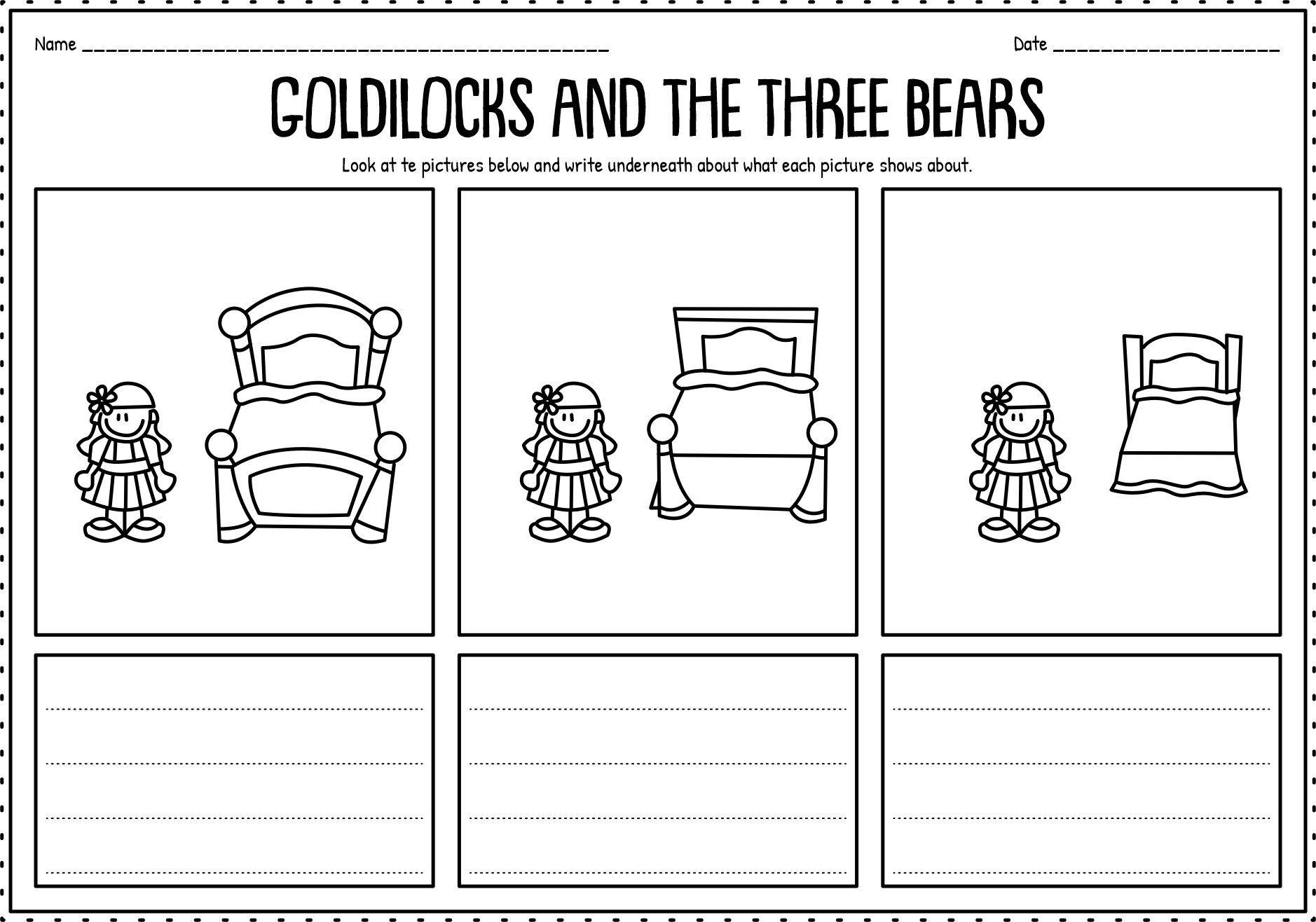
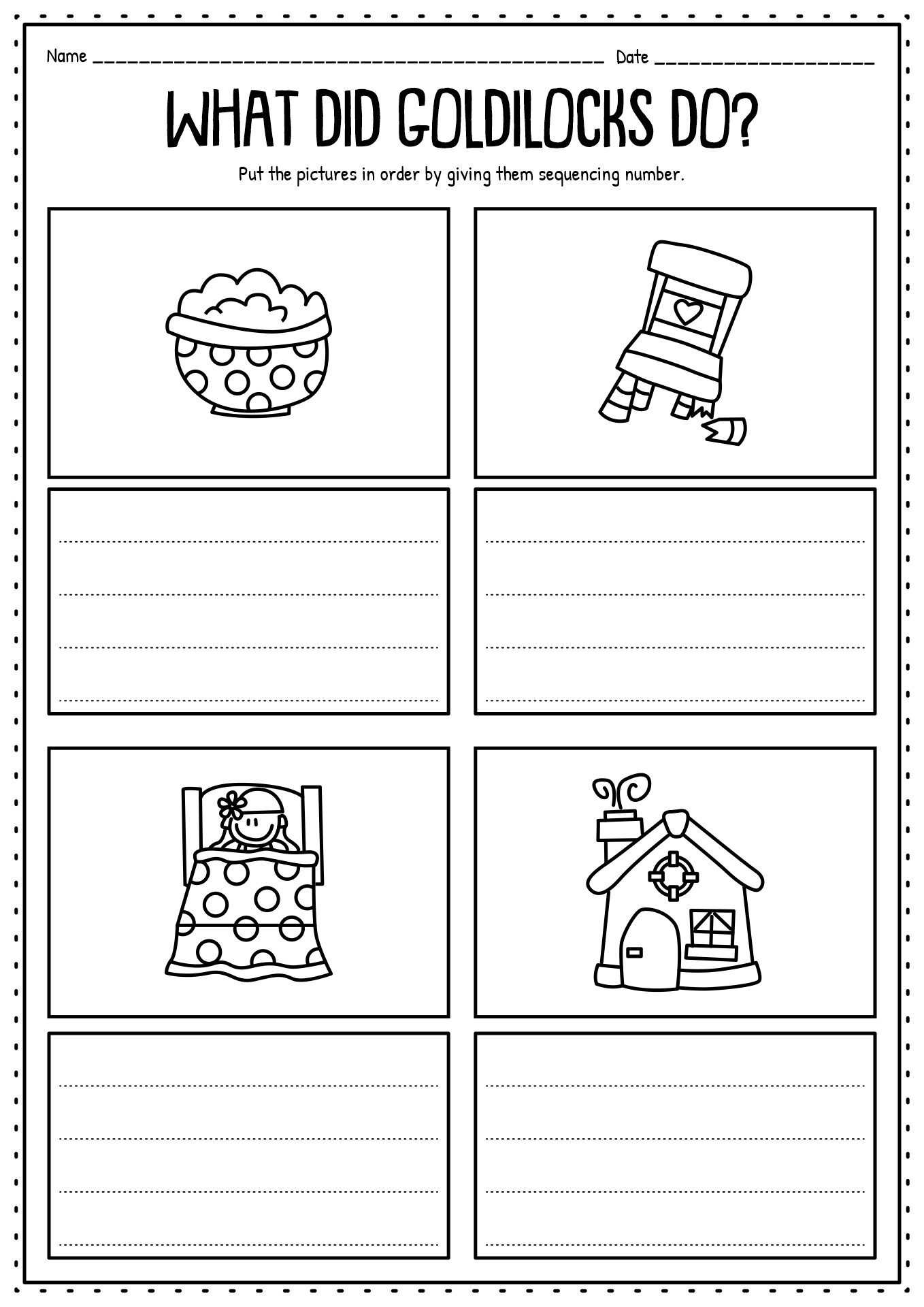
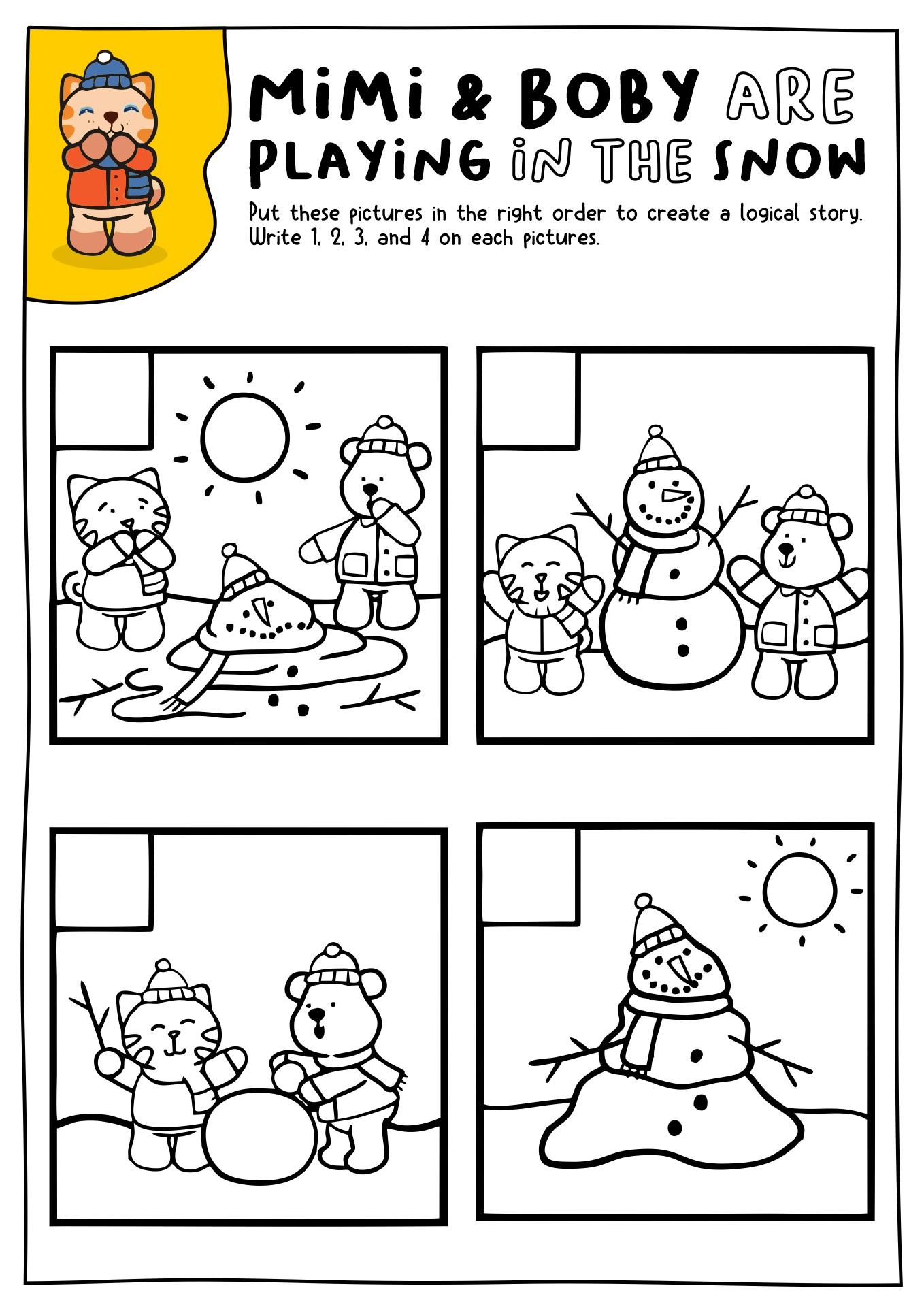
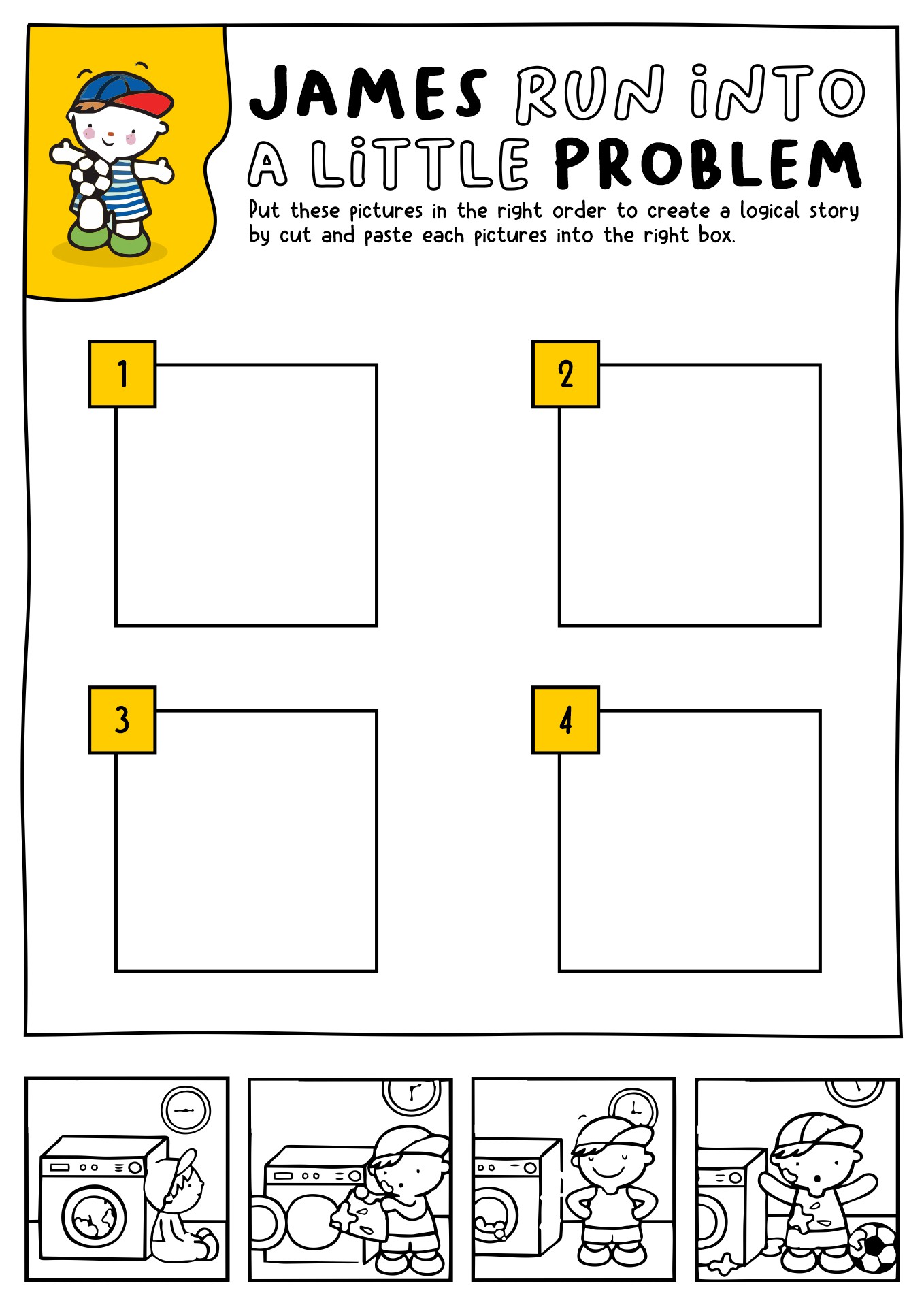
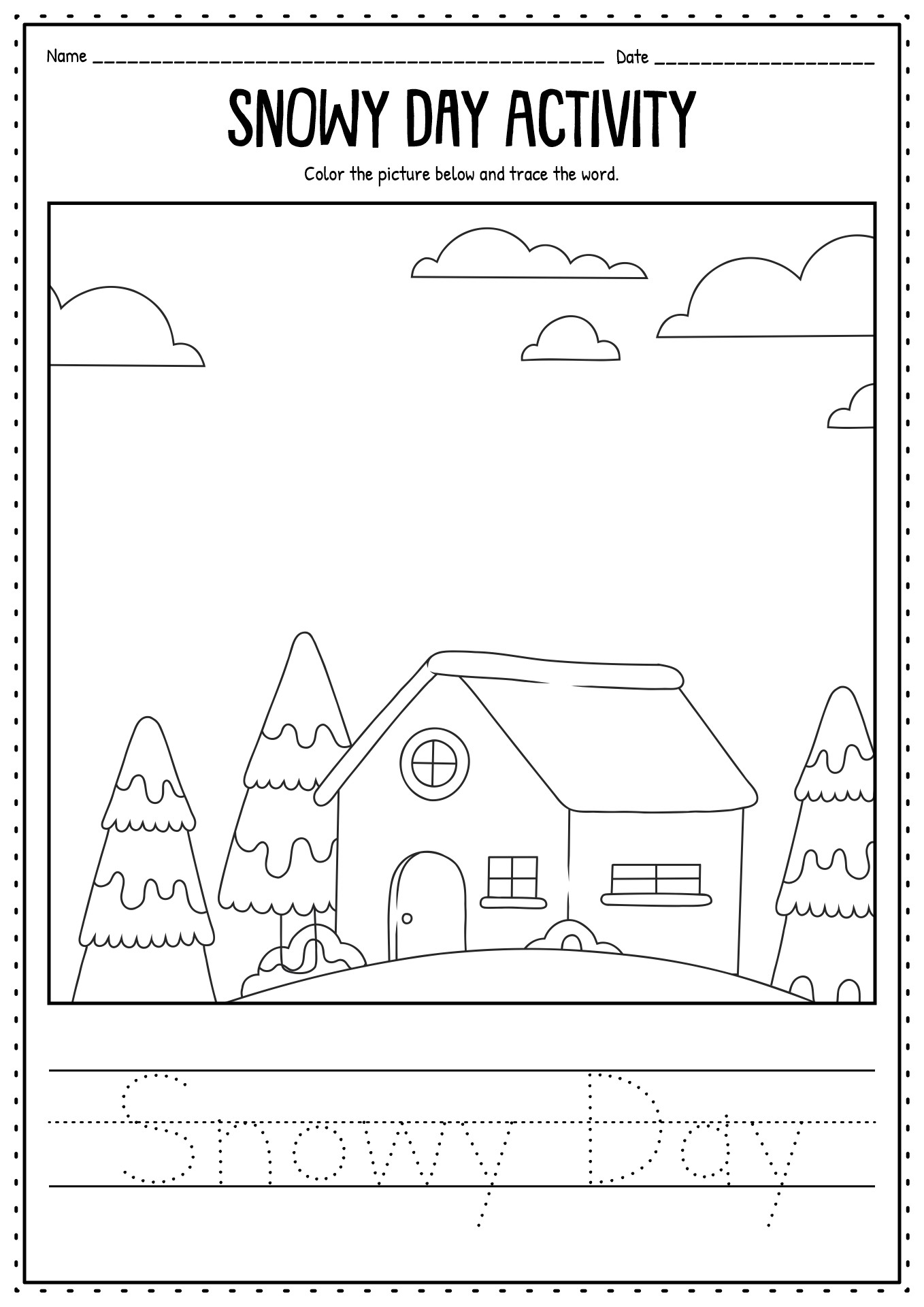
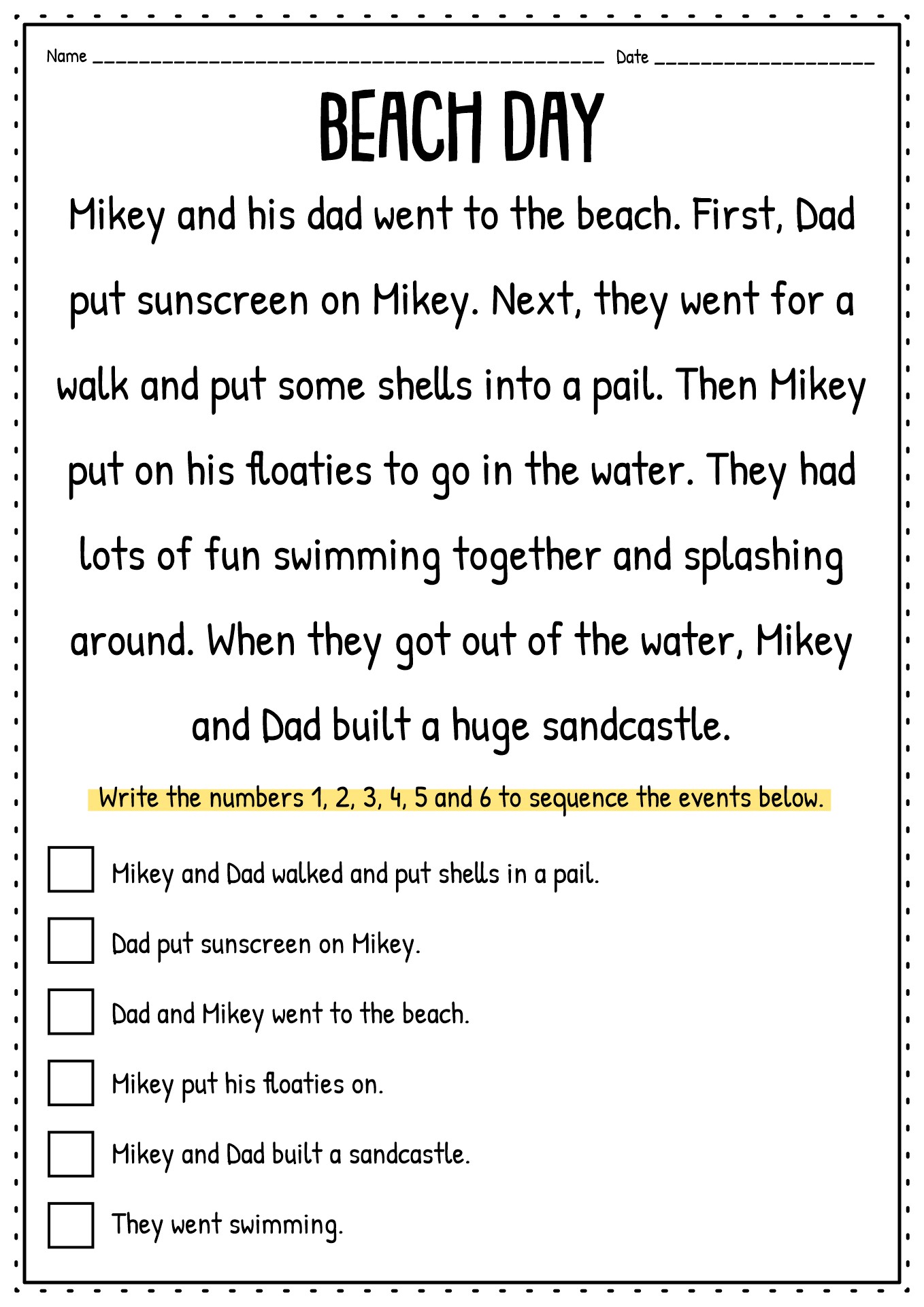
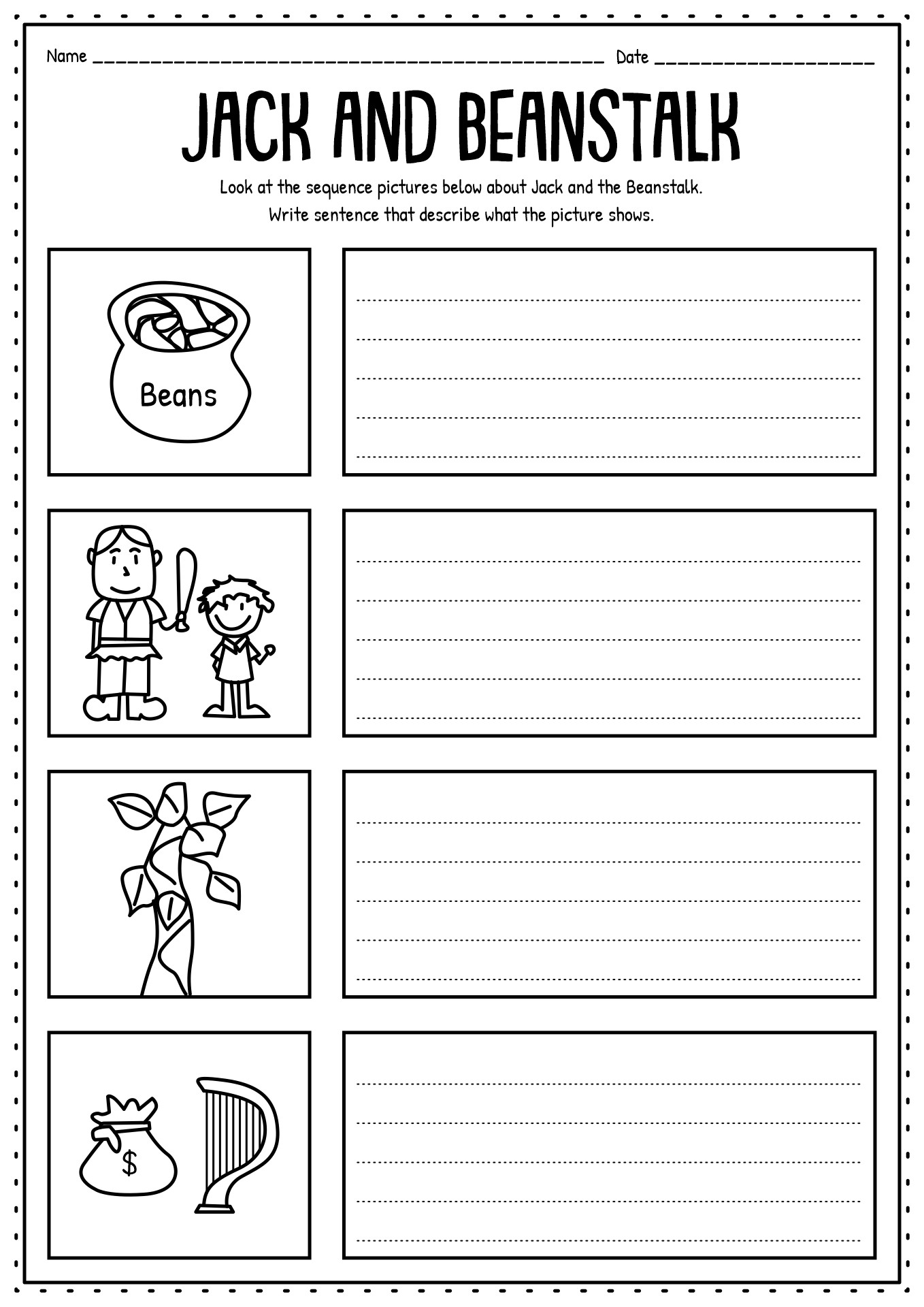
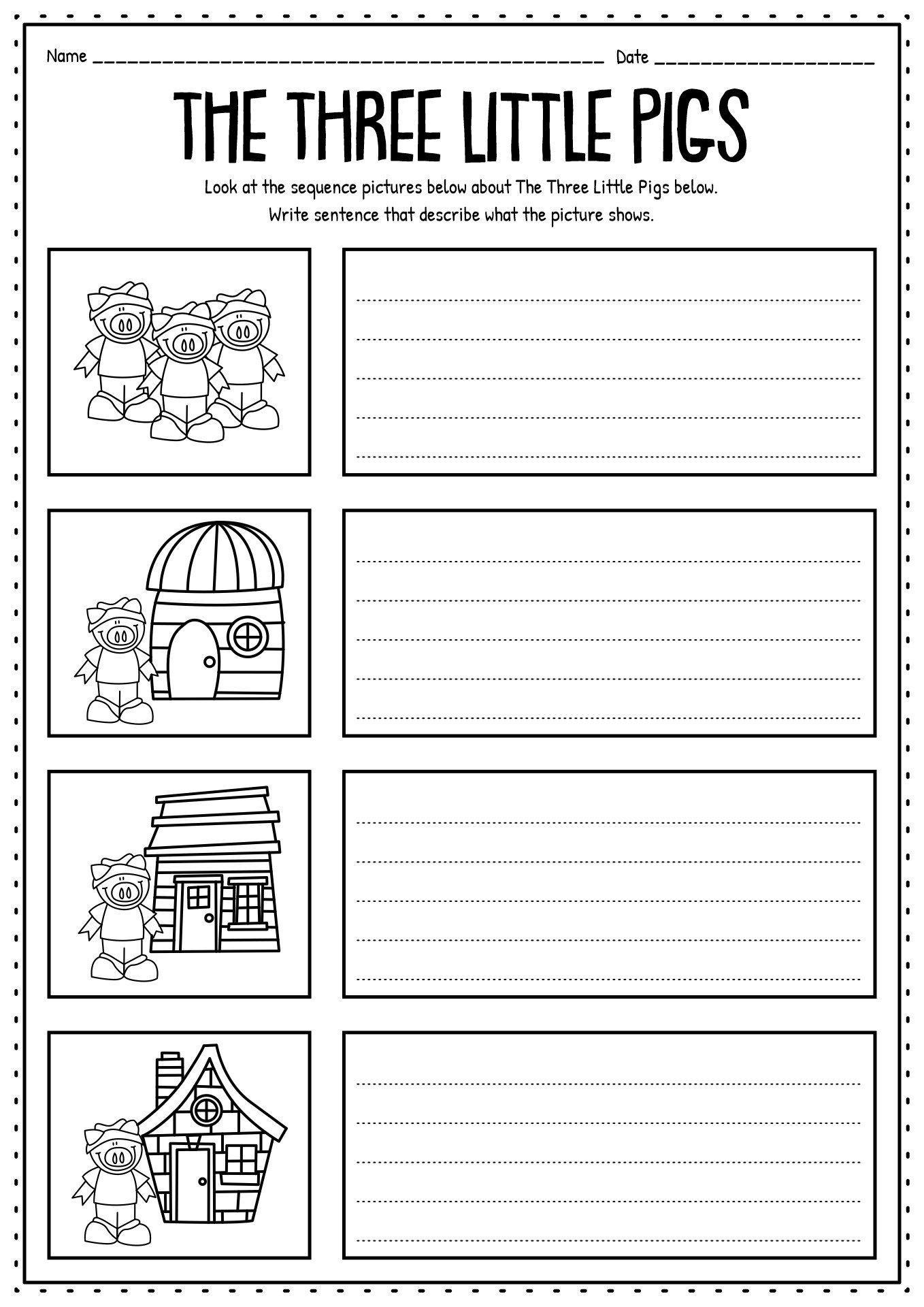
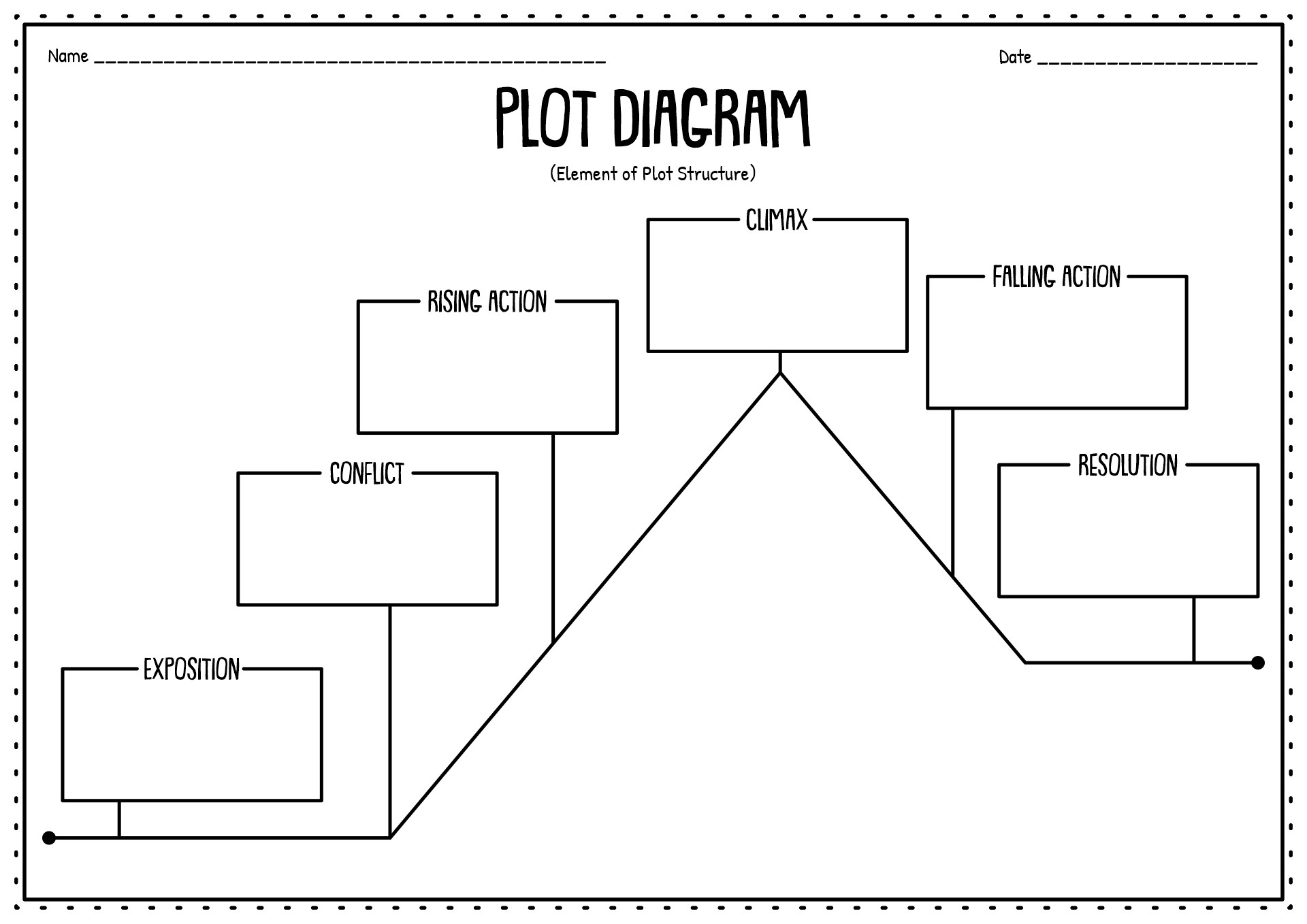
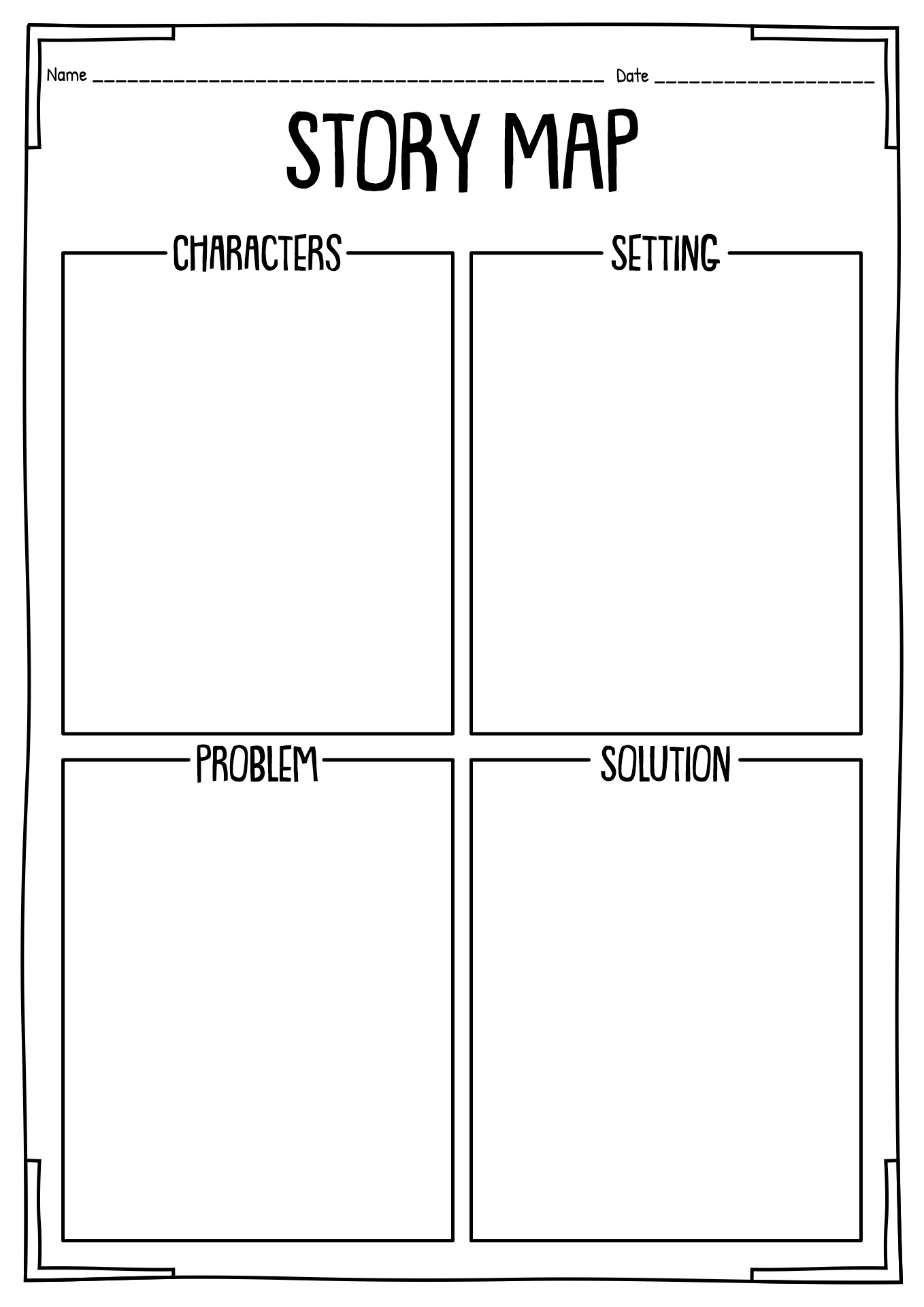
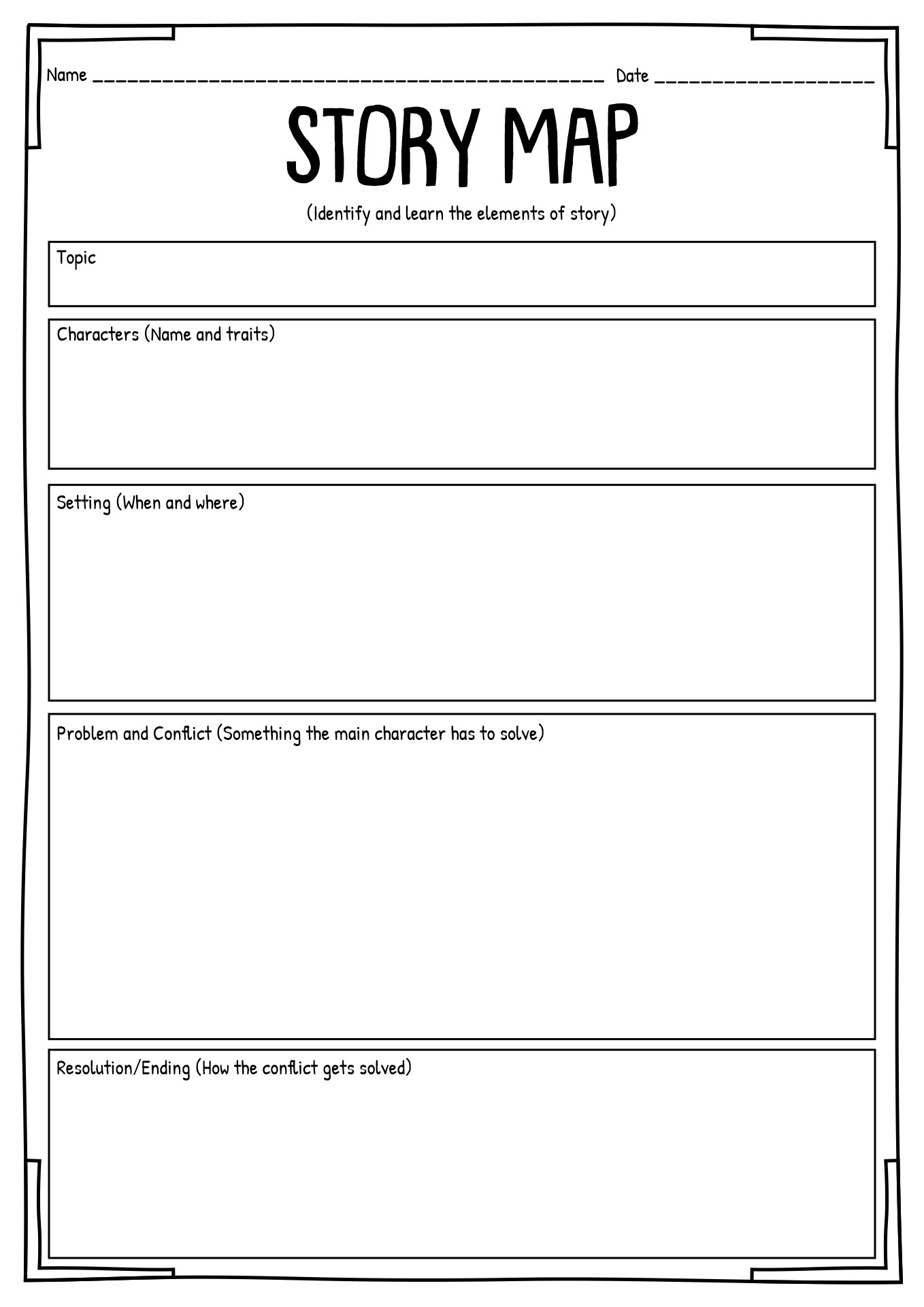
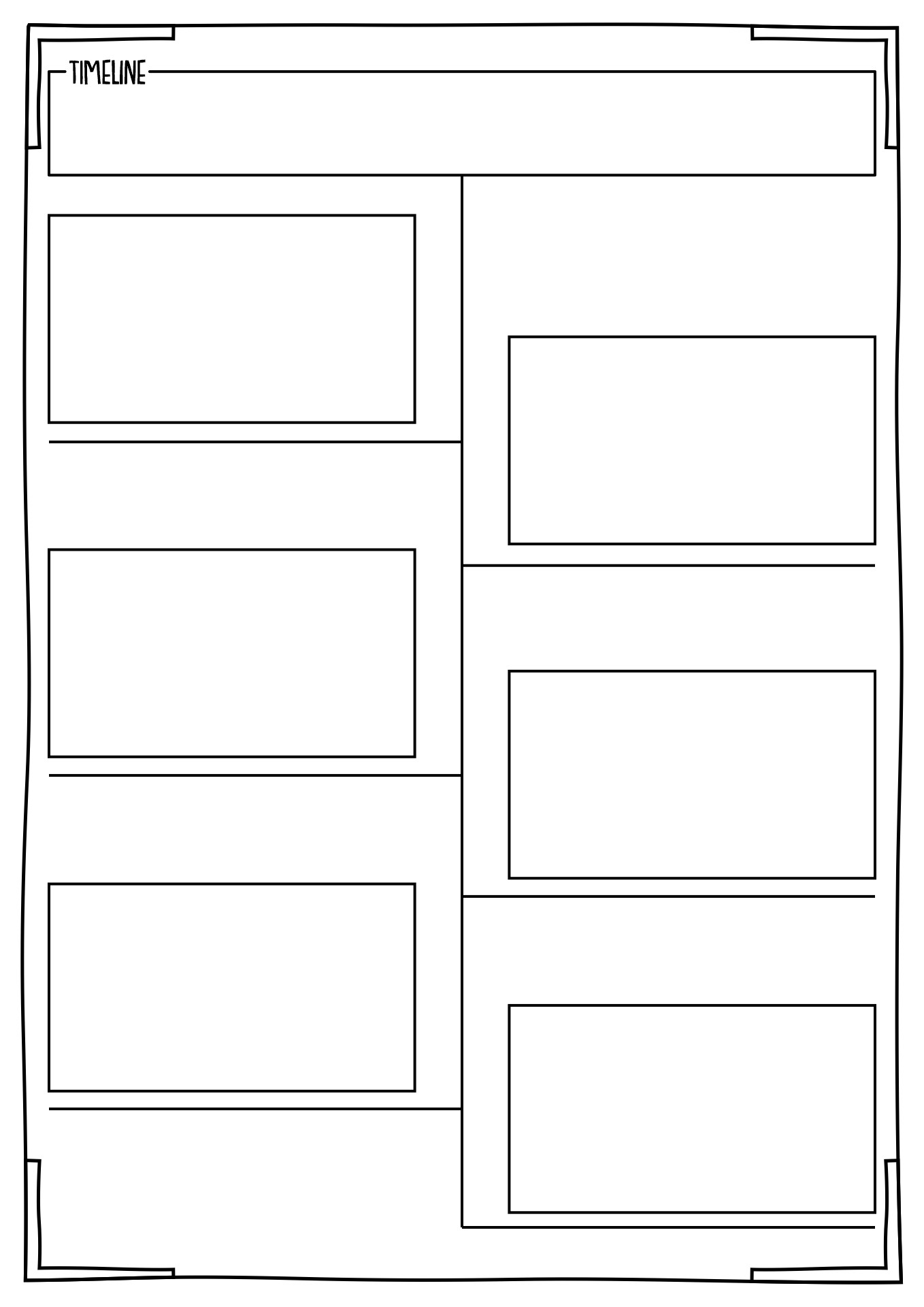
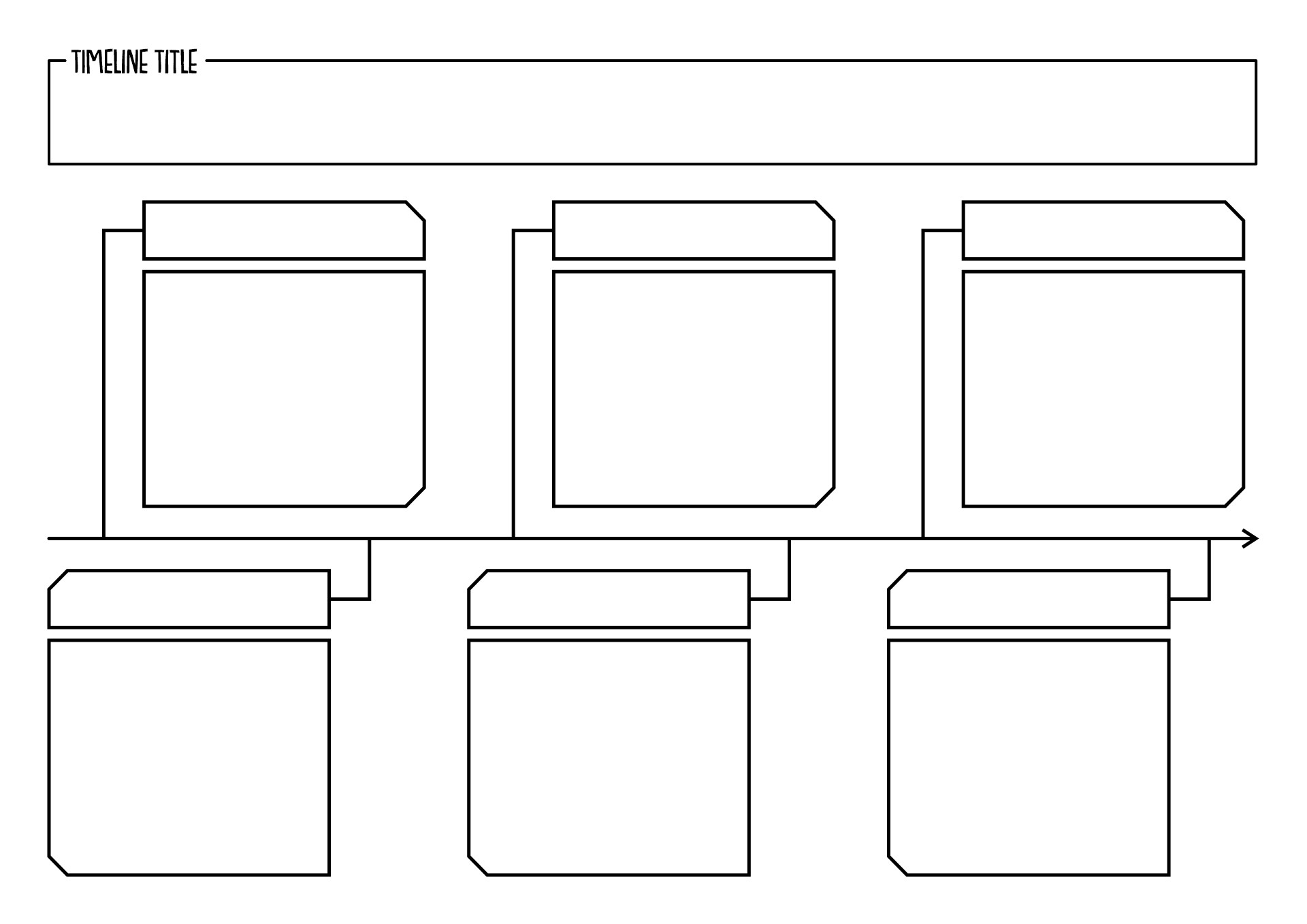














Comments
Printable images: story sequence of events worksheets are an invaluable tool for enhancing children's comprehension skills by visually guiding them through the logical order of events in a story, fostering both critical thinking and storytelling abilities.
I found the Story Sequence of Events Worksheets incredibly useful for my students! It helped them understand the flow of a story and improve their comprehension skills without feeling overwhelmed. Thank you for this helpful resource!
These story sequence of events worksheets are great for practicing reading comprehension and critical thinking skills. They provide a clear and organized way for students to understand the sequence of events in a story. Highly recommend!
I really loved the Story Sequence of Events Worksheets! They were easy to follow and helped my child understand how stories unfold. Thank you for this helpful resource!
I really appreciate these Story Sequence of Events Worksheets! They are a valuable resource for helping my students grasp the concept of sequencing in a fun and engaging way. Thank you for making learning enjoyable and effective!
Printable images: story sequence of events worksheets help students develop their comprehension and critical thinking skills by visually organizing and understanding the sequence of events in a story, making learning fun and engaging.
I found the Story Sequence of Events Worksheets to be a valuable resource for my students. It offers a practical and organized approach to help them understand the flow of a story.
Great resource for developing narrative skills! The story sequence worksheets are simple yet effective in helping students understand the order of events. Highly recommended for engaging and structured learning.